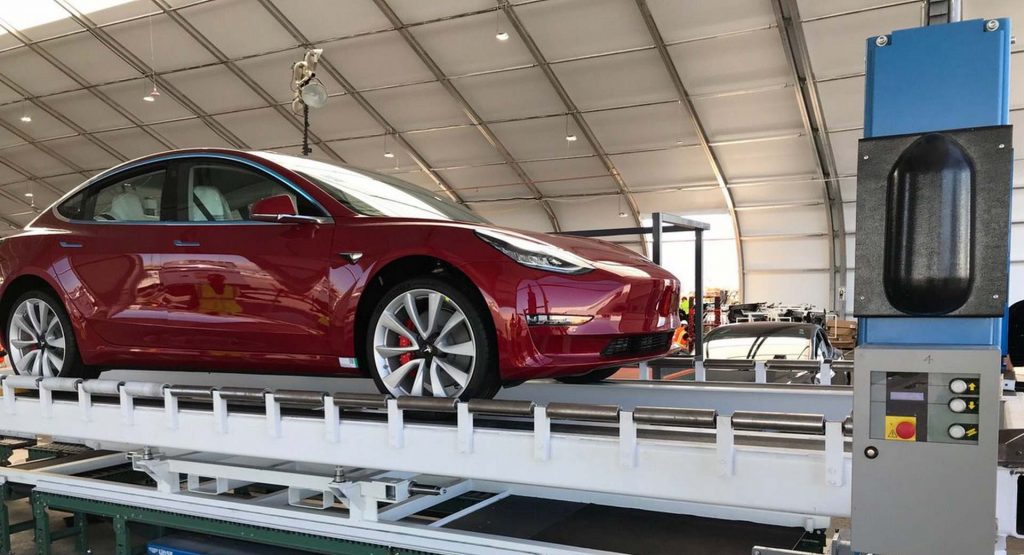A team of manufacturing analysts spent 6,600 hours inside a warehouse north of Detroit dismantling a Tesla Model 3 in order to find both the good and the bad with regards to Elon Musk’s most budget-friendly vehicle.
According to Sandy Munro, founder of Munro & Associates, the Model 3 costs about $2,000 more to produce than a similarly priced BMW i3, and due to Tesla building it in its Gigafactory may also have additional cost issues within the assembly plant, reports Bloomberg.
“If that car was made anywhere else, and Elon wasn’t part of the manufacturing process, they would make a lot of money,” said Munro in an interview. “They’re just learning all the old mistakes everyone else made years ago.”
Still, because he admires Tesla’s technology, he sent the EV-maker a pro bono list with 227 suggested improvements.
For example, one major design flaw he found was the steel and aluminum frame at the bottom of the car, which should ultimately increase safety. However, according to Munro, since the car’s battery already sits in the floor and adds stiffness, the Model 3 came out heavier and more expensive than it should have been without any added benefits.
Meanwhile, the aluminum trunk is made from multiple pieces held together with rivets and weld points instead of a one-piece lighter and cheaper fiberglass design, which is how other automakers go about doing things. The rear wheel well on the Model 3 has as many as nine pieces of metal riveted, sealed or welded together, whereas the Chevy Bolt, for instance, has one stamped piece of steel.
“The body is their single biggest problem,” said Munro. “It’s killing them.”
While Tesla declined to comment, the company did previously say that Model 3 production has improved since the early days, with “quality rapidly getting better.”
The Model 3 that was stripped down was a $50,000 version, which Munro estimates cost $34,700 to build. However, a cheaper version examined by his team would cost less than $30,000 to build, because of the smaller battery – making it cheaper than the Chevy Bolt and BMW i3. However, Munro’s margin estimates don’t include R&D investment and engineering costs.
Yet, he does acknowledge that the Model 3 can travel longer distances than its rivals on a single charge and is also a lot faster thanks to its battery and advanced electric motor, which costs Tesla $754 per car, compared to $836 for the Bolt’s.
“This electric motor is a game changer. Everyone should be benchmarking this”, he said, adding that the battery design is genius and should last for a long time, while he would like to examine the proprietary electric motor more to find out what makes it so good.
Also, software and electronics inside the Model 3 are better than what you get from other automakers. Tesla managed to reduce the amount of wiring found in the car by packing a lot of the electronics in small circuit boards – the type of advantage Silicon Valley has over everyone else.
Bottom line: battery, electric motor, electronics get the thumbs up, while the chassis assembly would have benefited if Tesla had more experience like a traditional manufacturer like GM. But you can scroll down and watch the whole video of the Model 3 torn apart and its weaknesses and strengths pointed out.



